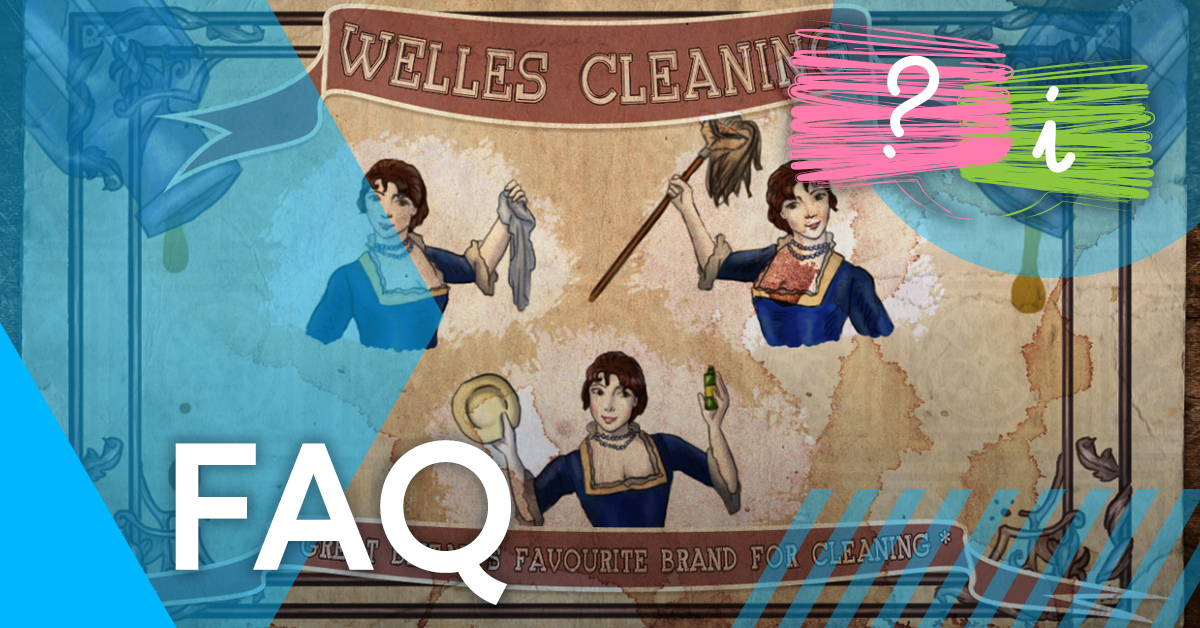Safeguarding Scenarios: What School Staff Need To Know
Posted 6 years ago

Working in the education sector means that you have a legal duty to help keep the children in your care free from all forms of abuse and harm. This also applies to voluntary staff.
Depending on the nature of your role at work, you may recognise certain warning signs that suggest something isn’t quite right. For example, lunch time staff are more likely to witness cases of bullying on the playground, which is a common problem within schools. Although, of course, a pupil may open up to their teachers and disclose their concerns anyway, as school staff are in a position of trust in a pupil’s daily life.
However, each case will differ depending on the child and the circumstances, but we’ve come up with some examples that would require your attention and duty to safeguard. We also offer some guidance on how to handle your safeguarding concerns should they arise.
Scenarios that would require your attention
Scenario One
Sam is a 14-year-old student. He is one of the most lively members of his class and has a large group of friends. However, you have noticed a change in Sam’s behaviour recently and it’s caught your attention.
One of Sam’s friends informs you, as his mentor, that he has stopped spending time with his friends outside of school to spend more time with a new student named Kevin.
Sam’s friend also tells you that she confronted him as to why he has stopped seeing his group of friends. She tells you that Sam got angry and said, “You don’t see the bigger picture, do you? You’re just another pawn in Britain’s sick game. You just don’t get it”.
Is this a safeguarding concern?
Yes. Although there is no evidence that Sam’s friend, or anybody else, is at risk of immediate harm, it is your responsibility – as his mentor – to follow your organisation’s safeguarding procedures. This usually means reporting to a Designated Safeguarding Lead (DSL) as a first step and making a written record of your concerns (including the conversation you’ve just had with Sam’s friend). This instance is a red flag for potential radicalisation.
Scenario Two
Martin is a 16-year-old student. He is the captain of the school football team and has a passion for PE. However, he has been refusing to participate in PE lessons over the last few weeks and won’t even put his kit on.
When you – as his PE teacher – question him about it, he simply says “my step dad told me not to get changed in front of the other lads”.
Is this a safeguarding concern?
Yes. Martin’s behaviour is out of character and could suggest that his father, or someone known to him, has been physically abusive. By refusing to get changed for PE, Martin could be trying to hide physical marks on his body. It could also be a sign of emotional abuse.
Even though Martin hasn’t said as such, this is still enough information for you to raise a concern. This type of conversation should be treated in the same as our first scenario, by reporting to a DSL and making a written record of the conversation.
Scenario Three
Amelia is a 7-year-old pupil. She has recently moved to your school. You notice that she forgets her packed lunch quite often. She also appears to be quite unhygienic – she’s worn the same top for a few days in a row and her hair looks unwashed.
Then you notice her walking home from school by herself.
Is this a safeguarding concern?
Yes. It appears that Amelia is suffering from neglect by her parents/guardians. This is a form of abuse and your concerns should be written down and reported to DSL.
Who do I report my safeguarding concerns to?
If you have already made a written record of your observations and concerns, you will usually present this to your DSL and you’ll keep either an electrical or physical copy depending on your organisation’s Safeguarding Procedure. It is a legal requirement that all educational institutes employ a DSL – schools often have several.
However, if you do not believe that appropriate action has been taken after you’ve reported your concerns, the NSPCC’s Whistleblowing Advice Line is contactable on 0800 028 0285, or you can seek further advice on the Police’s non-emergency line on 101.
Alternatively, if you believe that the child is at immediate risk of danger, or you think they pose a threat to anyone else, you should dial 999 and report to the police immediately.
Online Safeguarding Children Training
Here at iHasco, we offer an online Safeguarding Children Training course (Level 1 & 2), which is designed for anyone whose work involves coming into frequent contact with those under the age of 18. We also provide a range of online Safeguarding courses.
Our CPD Accredited course is split into five sections that can be completed in just an hour. It covers safeguarding responsibilities as well as all the required information you need to know in relation to the 4R’s (recognising, responding, recording, and reporting).
You can claim a no-obligation free trial to our course today!


Jack Rosier
Content Executive
Related articles



Opt-in to our newsletter
Receive industry news & offers